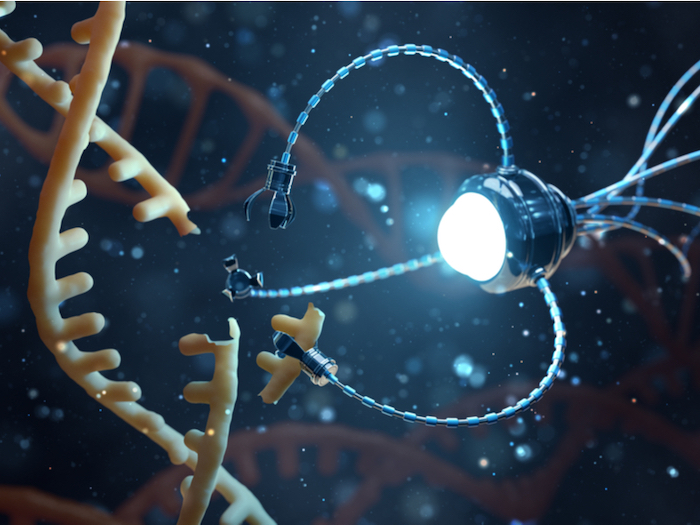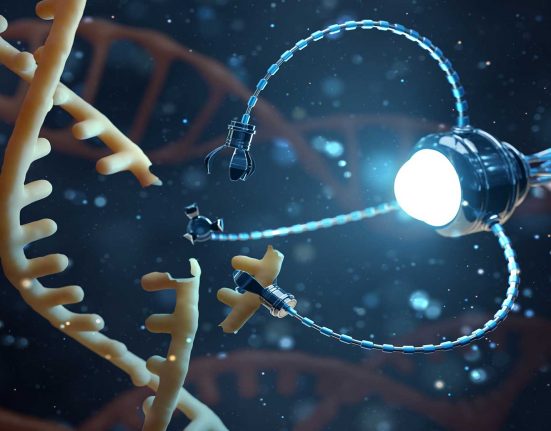Extraordinary progress has been made and innovative technologies have been developed in digital communications, the interest, and high resolution, but they are still early in their development in our modern era.
All this is just the tip of the iceberg; what lies beneath the surface is still at the research and development stage.
This includes nanotechnology, nanomedicine, and nanobiotechnology—a world of things invisible to the human eye.
The nanoverse is here to stay.
Is this the next industrial revolution?
It may well be! The study and implementation of new products derived from nanotechnologies and nanosciences is a rapidly growing sector that attracts significant annual budgets for continued development.
Indeed, this technology encompasses a variety of scientific research fields, including mechanics, electronics, chemistry, biology, and optics.
How exactly is nanotechnology defined?
The nanoverse is a paradoxical technology: a world that is both invisible and highly present.
Although it is sometimes beyond any logic comprehensible to humans, nanotechnology is triggering a revolution in material science.
Across all areas of chemistry, biology, and physics, it is contributing to the creation of more durable materials and better quality of life.
These small-yet-mighty molecular technologies boldly tackle more traditional concepts and transform them entirely.

Nanotechnology (also called “nanoscience”) includes the full range of sciences and technologies that deal with materials measurable by the nanometer (one billionth of a meter).
Measurements between 1 and 100 nanometers (nm) are invisible to the naked eye.
Nanotech deals with nanomaterials, such as a virus measuring 10 x 10 nm.
Nanotech research encompasses the study, manufacture, and manipulation of structures, devices, and hardware systems less than forty nanometers in size.
Nanoscience also intentionally produces nanomaterials for research and production purposes.
This science uses cutting-edge equipment, such as electronic microscopes specially designed for these applications.
Study, manufacture, and applications at nanoscopic scale
Nanotechnologies and the production of nanoparticles are applied to a variety of materials when they are of nanometric size.
This new nanometric science is of great interest in the manufacture of more durable materials and more lightweight items.
Production of nanoparticles: Natural (non-manufactured) nanoparticles (such as viruses), byproducts of manufacturing processes; artificial or manufactured nanoparticles produced by self-assembly, particle reduction, or atom-by-atom construction.
A Few Nanotechnology Applications
To change the taste of food items, use self-repairing construction materials, manufacture microprocessors at the scale of one billionth of a meter, reconstruct tissues.
Nanotech isn’t limited to applications starting from the atom!
- In the aeronautical sector: to facilitate movement through the air.
- In the biological and medical fields: nanobiology and nanomedicine to fight cancer by producing tissues that accelerate the cellular healing process and improving medical imaging.
- In agriculture: improvement of agricultural production and water filtering.
- In surface cleaning: cleaning of screens, eyeglasses, helmet visors, vehicles, and all aeronautical surfaces.
- Manufacture of self-repairing materials and self-cleaning fabrics (nanofibers).

This nanofiber duster is made with nanotechnology and infused with metallic powder and mineral oil.
It is highly effective on all types of surfaces made from various materials, providing outstanding, streak-free results.






